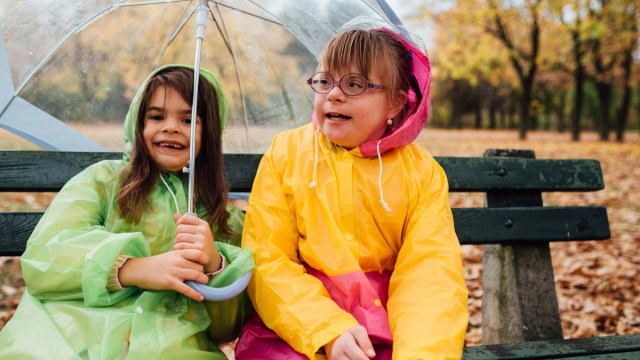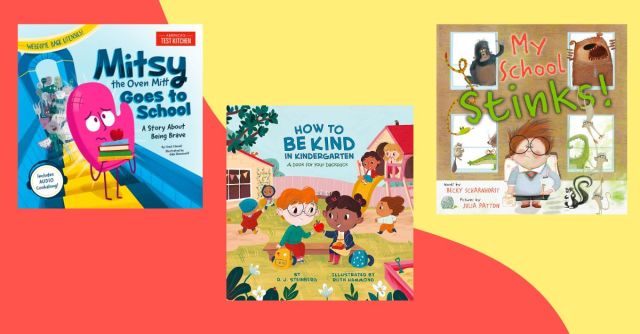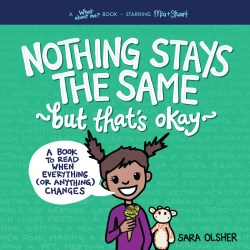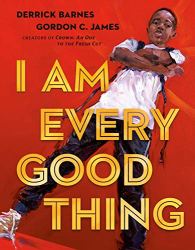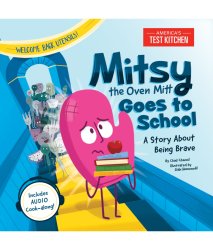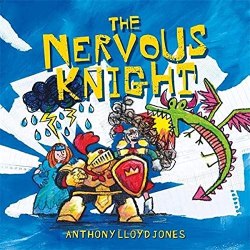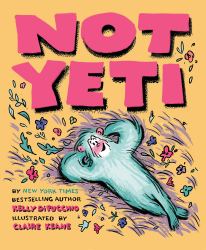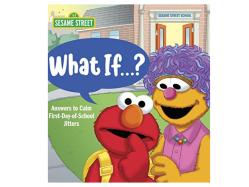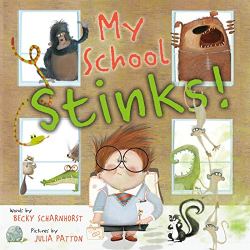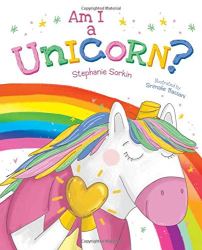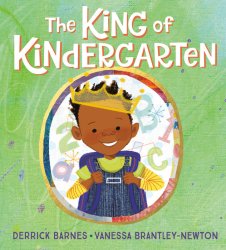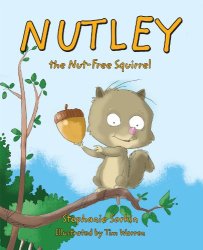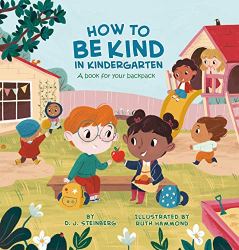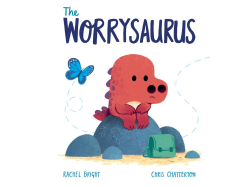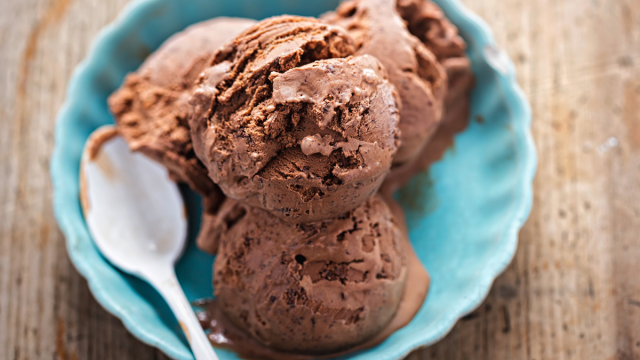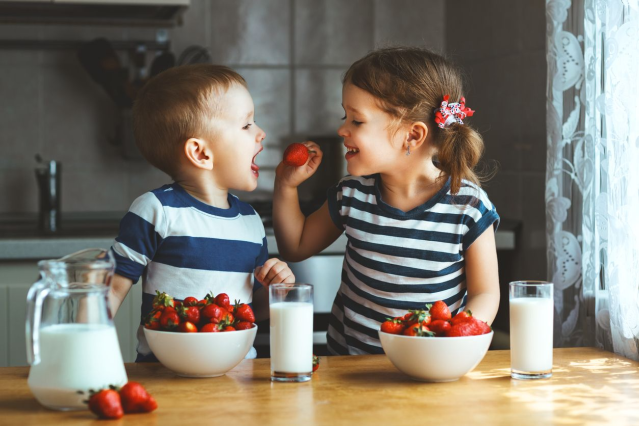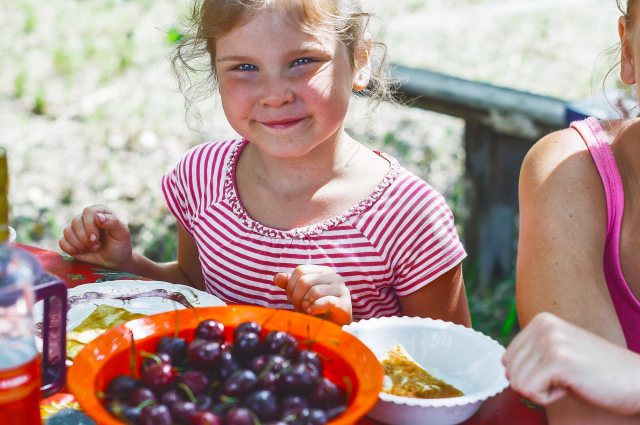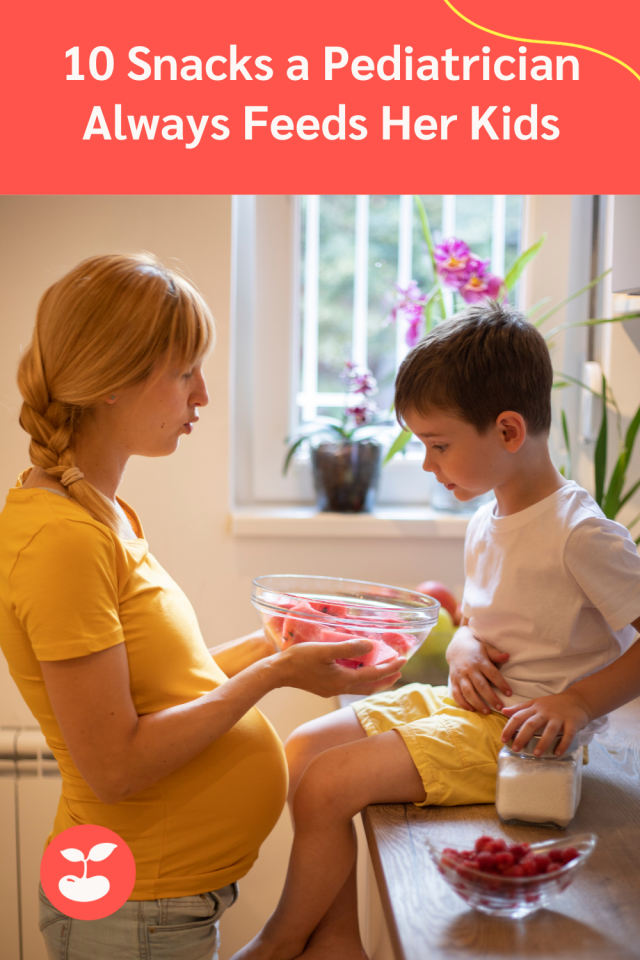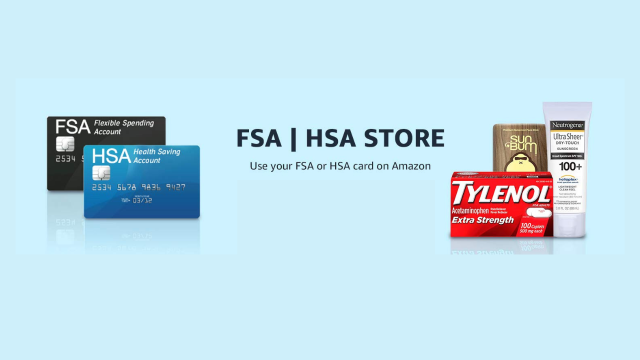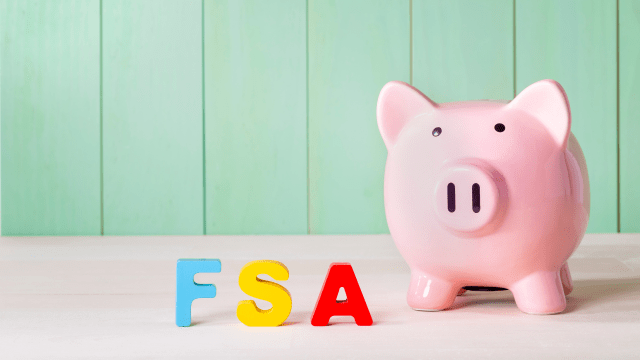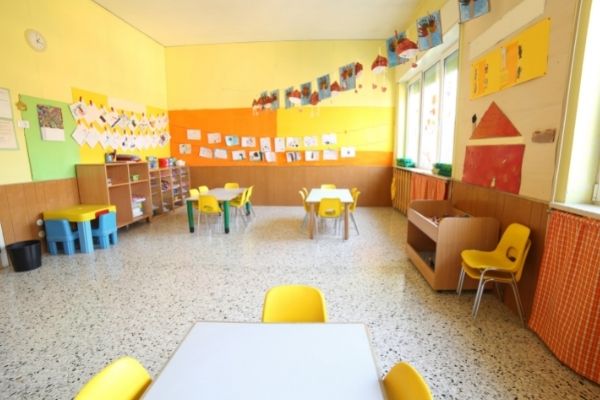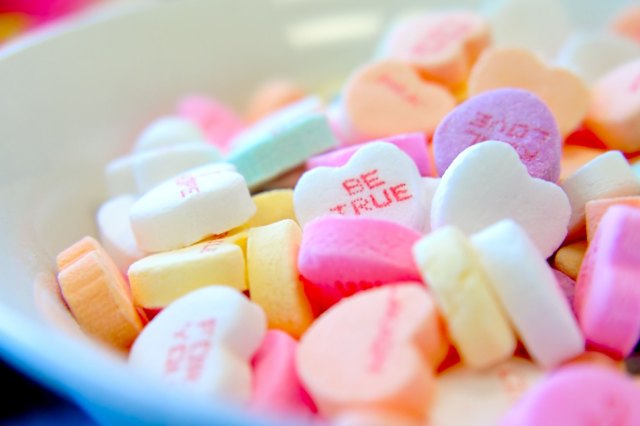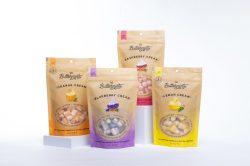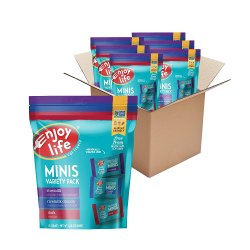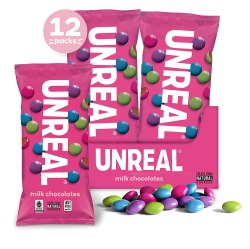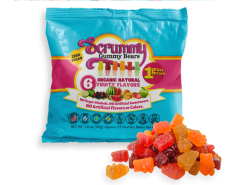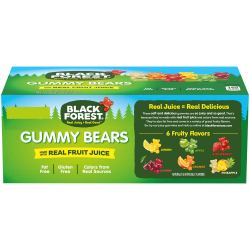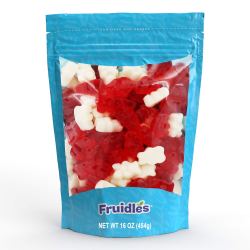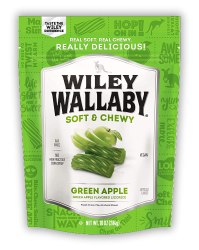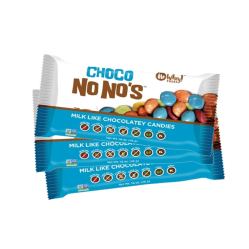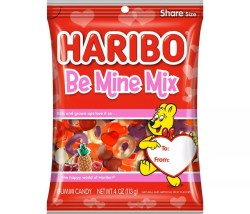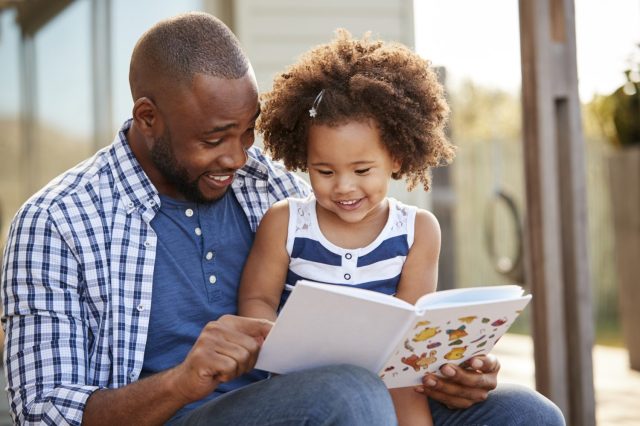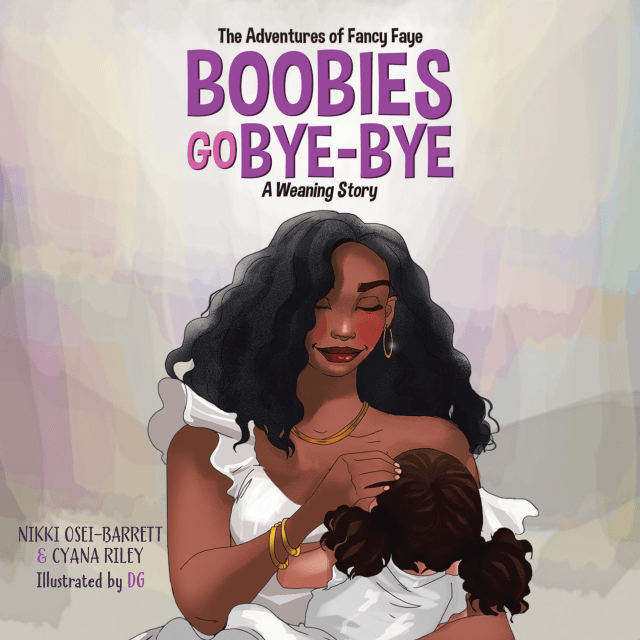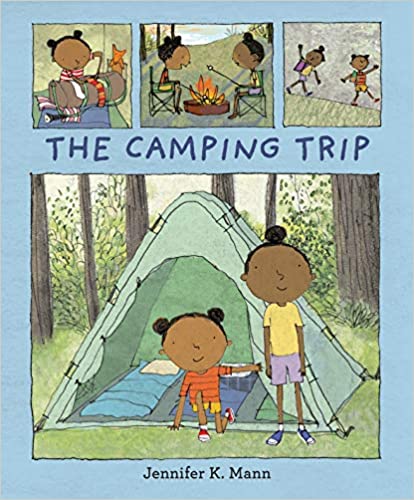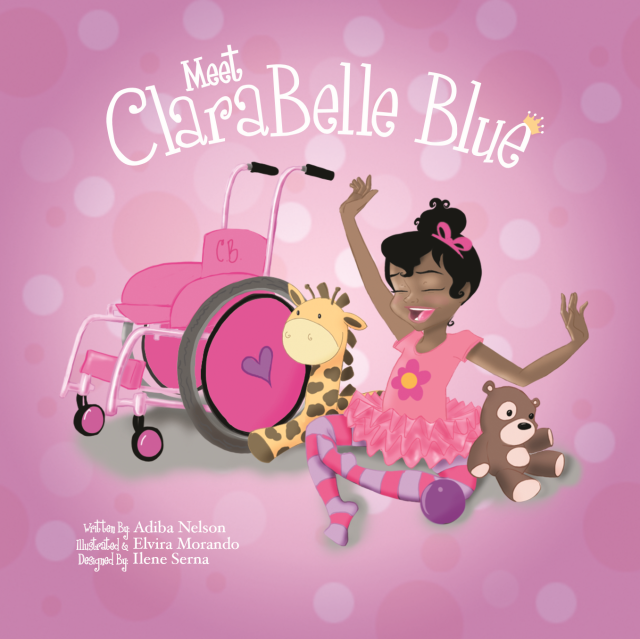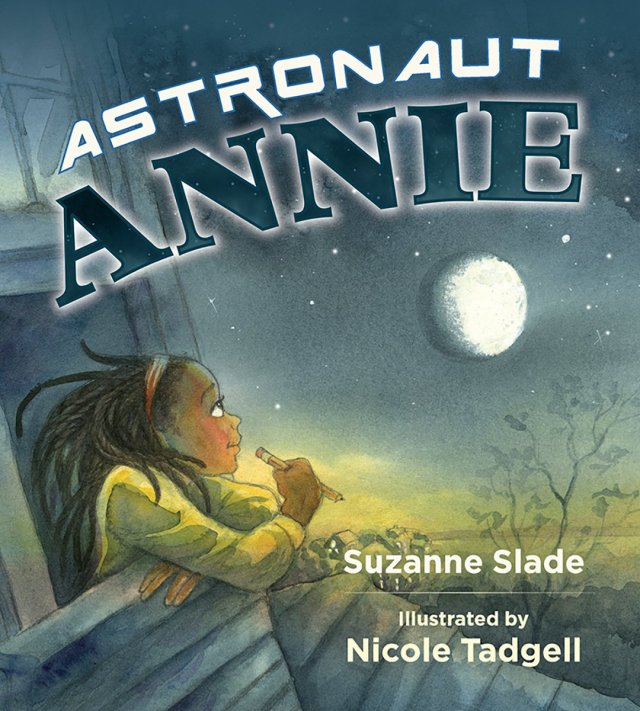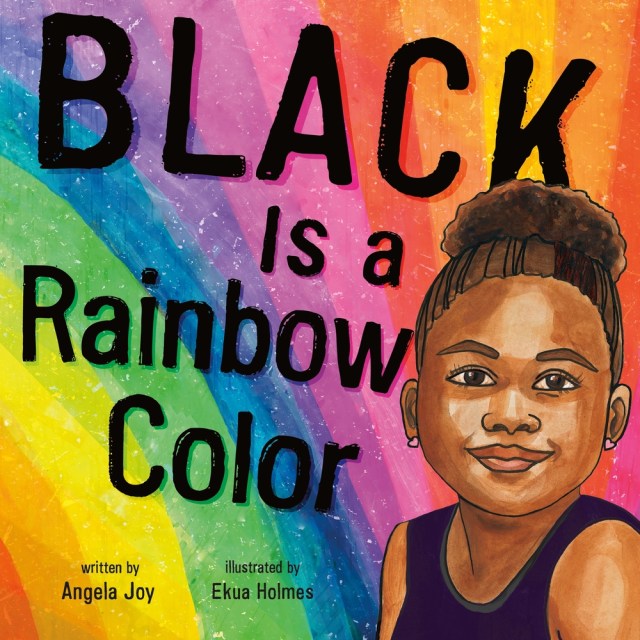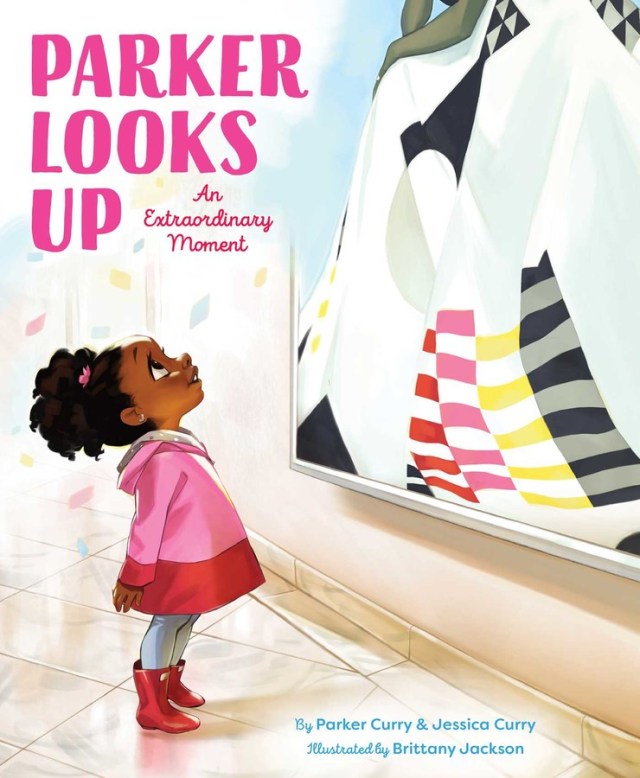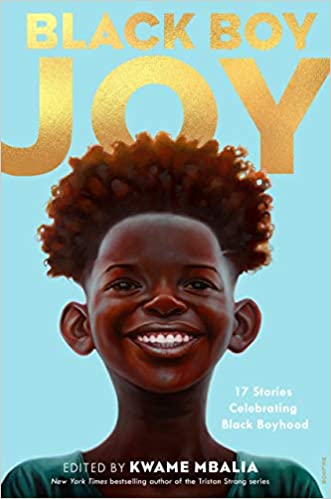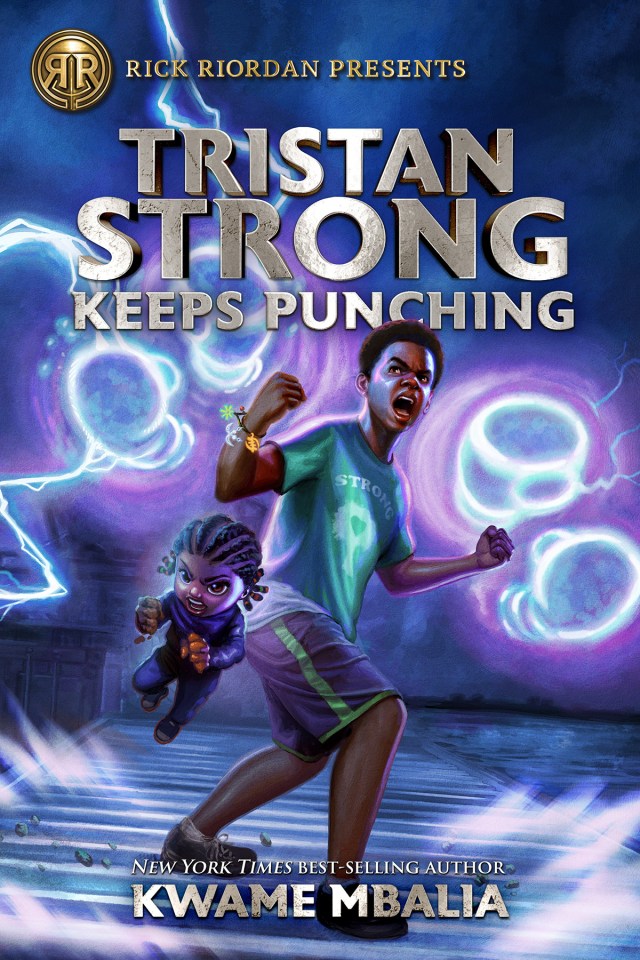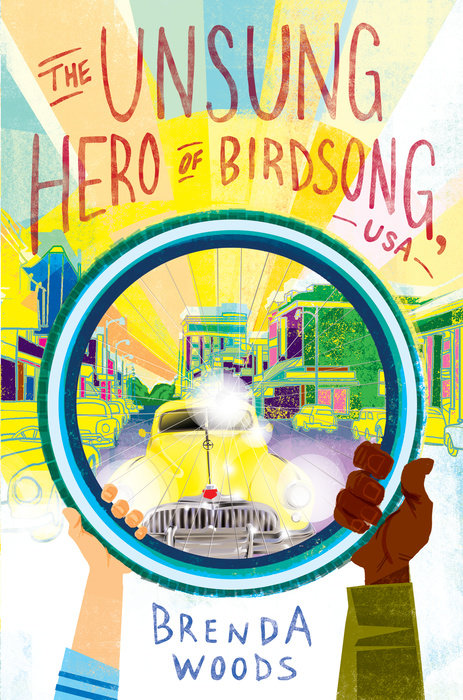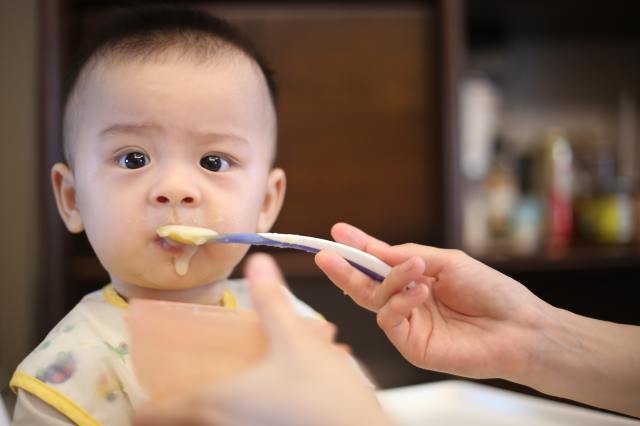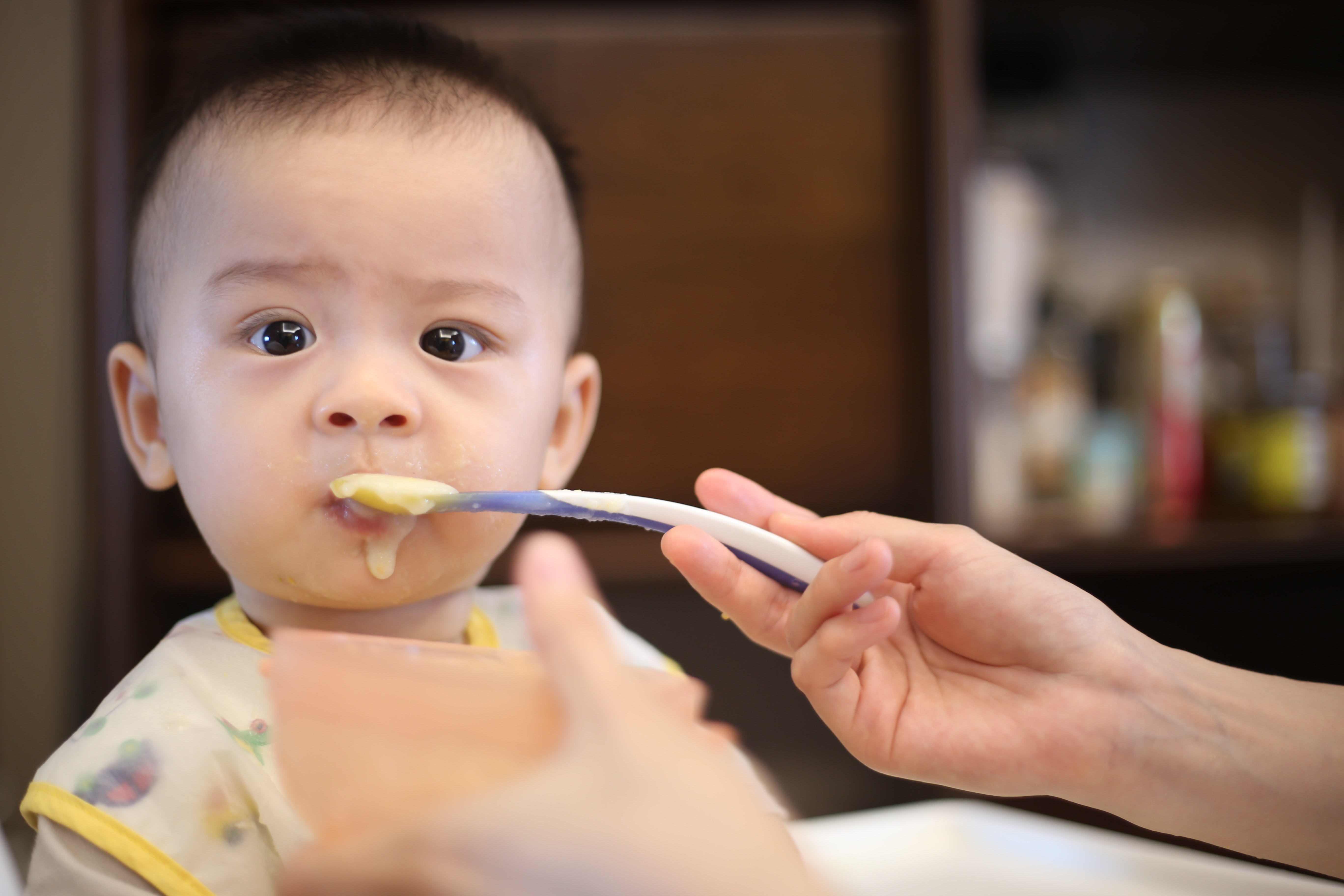For those lucky enough to be born in March, count yourself among a select group of creative dreamers who are empathetic and optimistic. According to studies (and a smidge of astrology, if you believe in that kind of thing), here are eight cool traits and factoids that make March birthdays special.
Looking for other months? Check out interesting facts about people born in April, people with February birthdays, and facts about people born in May.
You might end up with a night owl
According to this sleep study published by the National Library of Medicine, sleep habits are affected by when you’re born. The findings suggest that kids born in spring and summer tend to stay up later than those born during the winter months due to the increased photoperiod directly after birth, which leads to phase delay (your body telling you it’s nighttime and therefore bedtime) of the human circadian system.
March is a month of dreamers and heroes
Those born under the sign of Pisces are also charismatic, affectionate, and generous. If you’ve got a Pisces baby, support their boundless imagination with plenty of pretend play, creative outlets, and games. Because those born under this half of March’s zodiac sign are empathetic, they’ll go above and beyond for their loved ones.
The birthstone for March represents youth, good health, and hope
The aquamarine gem is a luxurious blue, and while it isn’t considered a precious stone, is often associated with not only good health and hope but a feeling of calm, trust, and fearlessness. According to Truly Experiences, sailors used to carry aquamarine with them on sea voyages for protection, as the semi-precious gem was thought to be the treasure of the mermaids.
March babies have pretty good eyesight
While winter-born babies have the best vision overall, babies born in spring have been shown to have better eyesight than their summer friends, according to a study of 300,000 military applicants. A co-author of the study explains that babies born in the summer months have a 25% chance of becoming nearsighted. The reason? The study suggests that the cause might be long-term exposure to natural light in early life.
Solitude is a must for some of those with March birthdays
Pisces babies (Feb. 19-Mar. 20) love people, but they love solitude just as much. Known as super creative and imaginative, March babies enjoy getting lost in their thoughts and are content to spend time alone.
March babies are romantic and soulful
Guided more by intuition than by structure, those born under the sign of Pisces are ideal partners and friends. They tend to be compassionate and have an open heart that forgives and forgets easily. They can tap into the feelings of their loved ones and be empathetic, which is a plus in moments of conflict.
There are plenty of celebrities with March birthdays
Famous people like a little extra luck too! People born in March share their birthday month with lots of famous people, including Justin Bieber, Shaquille O’Neal, Chuck Norris, Queen Latifah, Reese Witherspoon, Bruce Willis, Elton John, Sarah Jessica Park, and more.
—with additional reporting by Karly Wood
